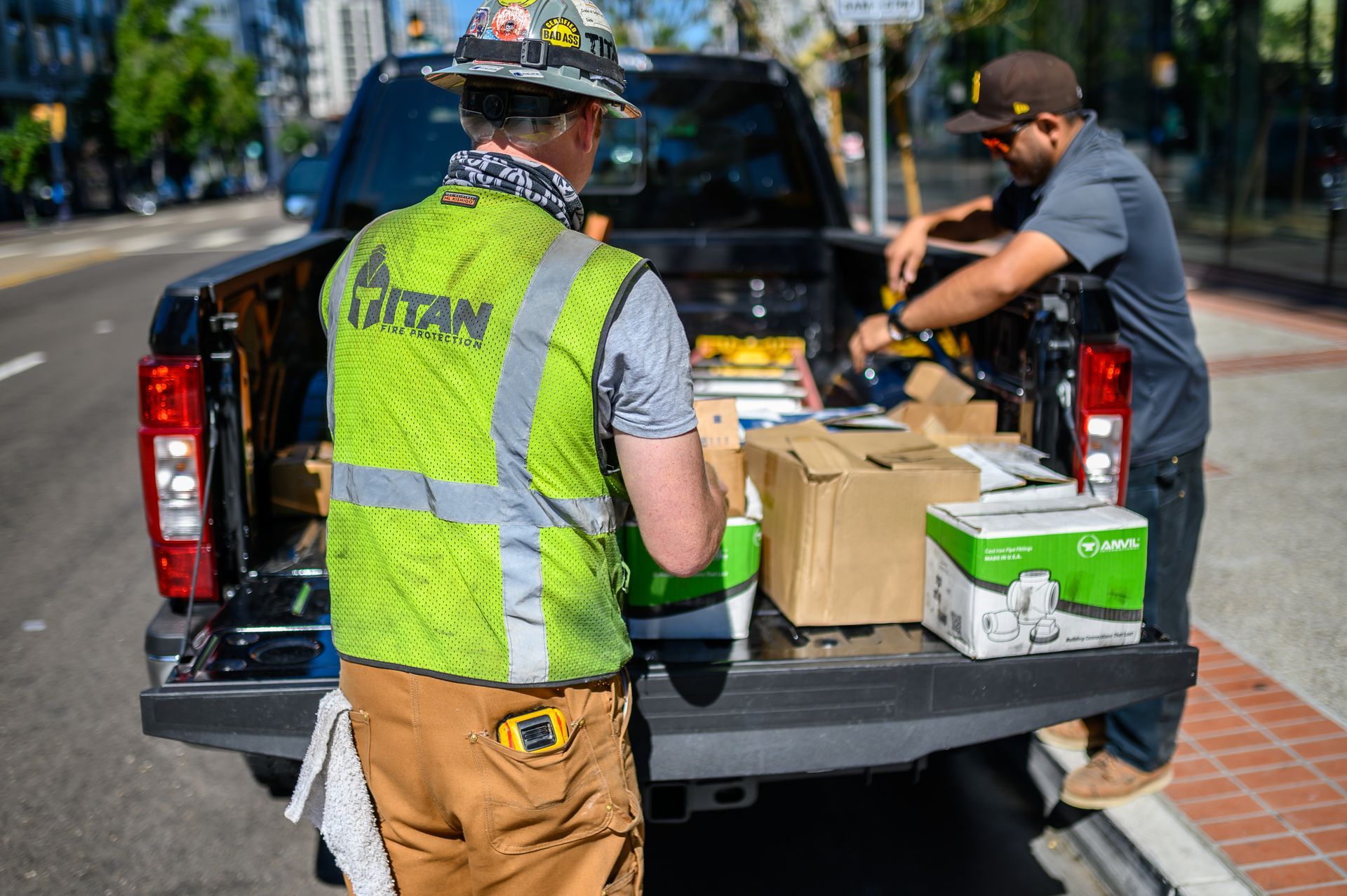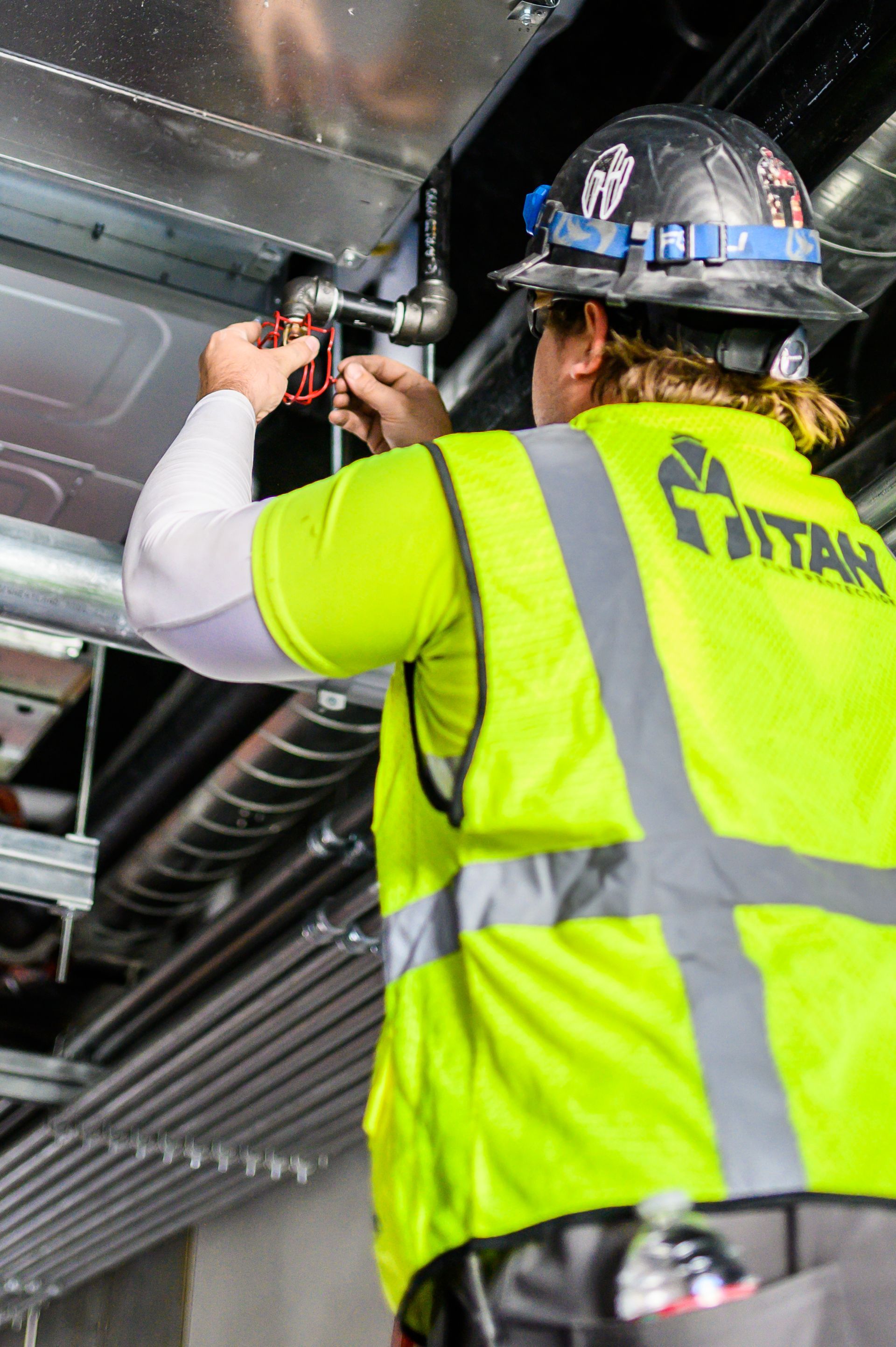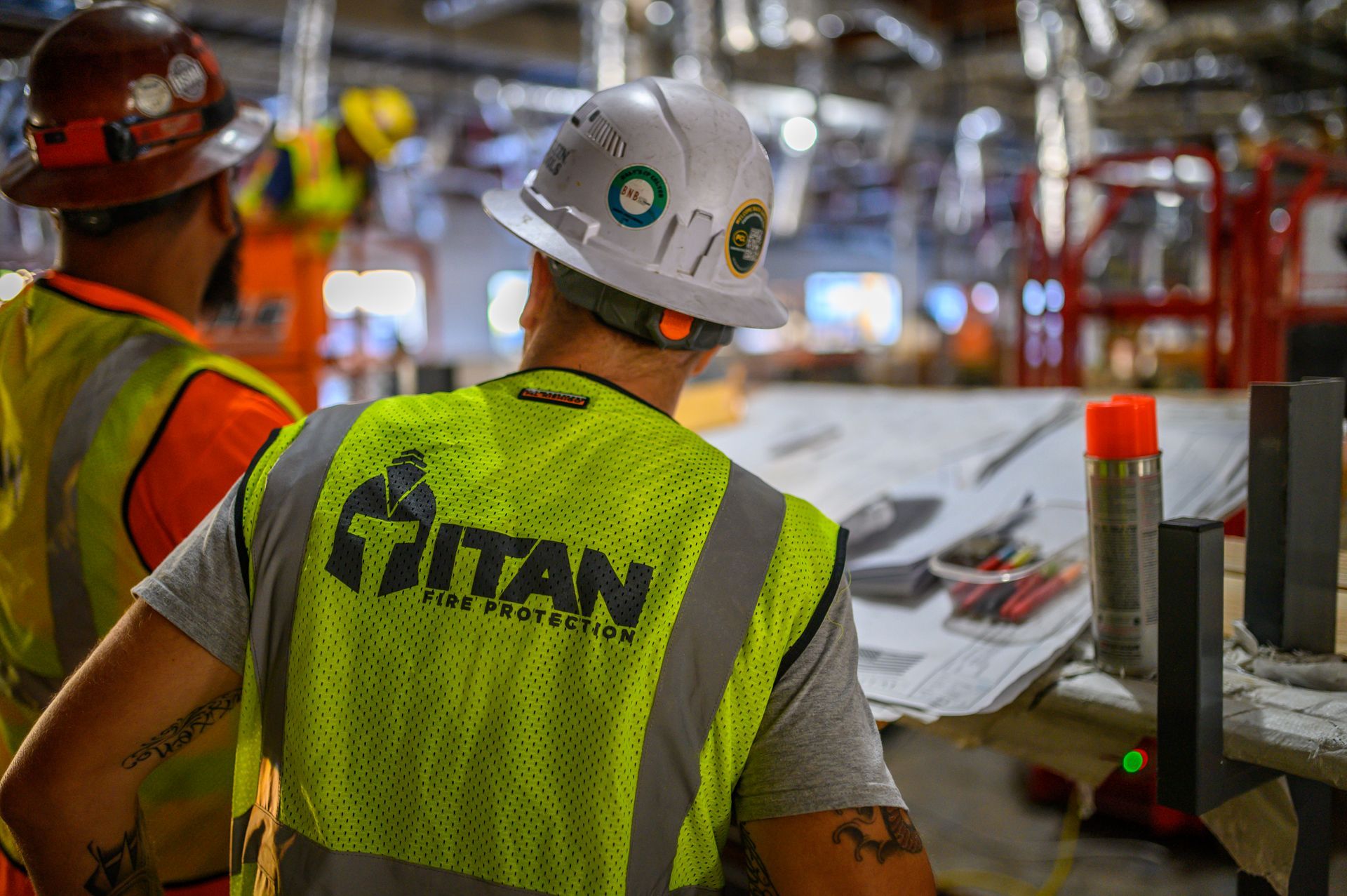Fire Protection: Know Before You Go – Evaluating a New Building or Space
When considering leasing or purchasing a commercial property, it's easy to focus on location, layout, and aesthetics. But one critical factor that often gets overlooked is fire protection. Understanding the fire safety systems in a building before signing on the dotted line can save you time, money, and potential liability down the line.
Here’s what you need to know before moving into a new commercial space:
1. Existing Fire Protection Systems
Start by identifying what systems are already in place:
- Fire Sprinklers – Are they present? Are they up to code? When were they last inspected?
- Fire Alarms – Does the building have a functional fire alarm system with detection devices throughout the property?
- Fire Extinguishers – Are they properly placed, up to date, and sufficient for the building’s size and use?
- Fire Suppression Systems – Are there specialized systems installed for kitchens, server rooms, or high-risk areas?
Understanding the condition and compliance of these systems helps you assess potential upgrades or repairs before you commit.
2. Inspection & Maintenance Records
Ask for records of the most recent fire inspections and maintenance logs. These documents provide insight into:
- The building’s history of code compliance
- Any recurring issues or violations
- How well the current owner or property manager has maintained life safety systems
If documentation is missing or incomplete, that’s a red flag that may signal future costs or delays in occupancy.
3. Occupancy Classification and Hazard Use
How a building is used plays a significant role in the type of fire protection systems it needs. Is it classified as an office, retail, restaurant, or industrial space? Each occupancy type has its own fire code requirements.
For example:
- A warehouse storing flammable materials will require more robust suppression systems than a general office.
- A restaurant kitchen needs a UL 300-compliant fire suppression system and sprinklers.
Knowing your intended use helps you plan for necessary upgrades and ensures you’re not violating local or national fire codes.
4. Exit Paths and Emergency Lighting
Safe evacuation is just as necessary as fire suppression. Before committing to a space, evaluate:
- The number and placement of exits
- Whether emergency exit signs and lighting are functional
- If exit routes are accessible, unblocked, and clearly marked
Inadequate egress can be a major code violation and pose serious safety risks for future occupants.
5. Local Fire Code Compliance
San Diego has its own fire code requirements based on California and NFPA standards. Before occupying a building, you may need to:
- Get a fire department inspection
- Obtain a certificate of occupancy
- Ensure your space meets ADA and egress requirements
Working with a licensed fire protection contractor like Titan Fire & Life Safety can help identify compliance issues early and streamline the permitting process.
6. Future Expansion or Remodeling Considerations
If you plan to remodel or expand the space, be aware that structural or occupancy changes can trigger new fire protection requirements. It’s smart to involve fire protection professionals during planning to avoid costly surprises.
Final Thoughts
Fire protection isn’t just a box to check—it’s a foundational part of building safety, business continuity, and legal compliance. Before signing a lease or purchasing a property, take the time to evaluate its fire safety systems, code compliance, and upgrade potential.
At Titan Fire & Life Safety, we offer pre-occupancy evaluations, system inspections, and code consulting to ensure your property is safe, compliant, and ready for business.
Need help assessing a new space?
Contact Titan Fire & Life Safety today to schedule a fire protection consultation before you move in.




